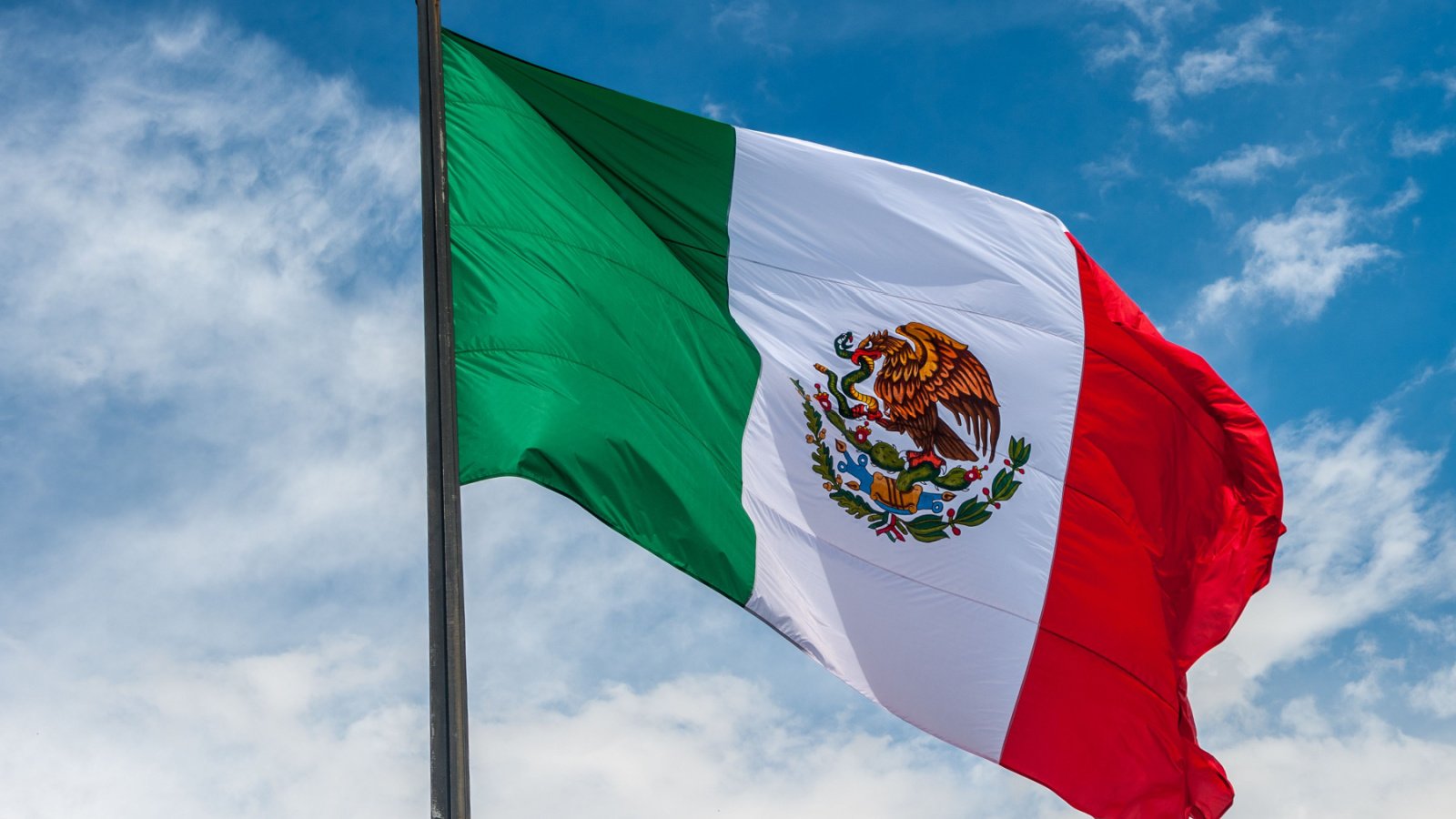Tupperware, the household name in plastic containers, is shuttering its last US factory, ending an era in American manufacturing. The shift to Mexico is driven by the quest for lower wages, impacting 148 workers in South Carolina. This closure marks a significant moment for the iconic brand as it navigates financial turmoil.
End of an Era for Tupperware in the US

Tupperware, renowned globally for its plastic food containers, is closing its final US factory. This marks the end of an era for the iconic American brand.
Seeking Cheaper Labor in Mexico

The 78-year-old company, once popularized by suburban housewife parties, is moving production to Mexico. This shift is driven by the lure of lower wages.
Farewell to Hemingway Factory

The Hemingway, South Carolina factory has been a production powerhouse for 48 years. It has churned out billions of kitchen staples since its inception.
Impact on Local Workers

The closure, announced Thursday, spells significant upheaval for 148 local workers. This change will take full effect later this year.
Production Shift to Lerma, Mexico

Production will now move to Lerma, Mexico, where Tupperware already manufactures for the US and Canadian markets. This transition aims to streamline operations.
Origins of Tupperware

Founded in 1946 by chemist Earl Tupper, the brand revolutionized food storage. Its airtight containers became household essentials in post-war America.
Growth and Expansion in the 1970s

In 1976, Tupperware opened the South Carolina factory to meet rising demand. The location served the booming market east of the Mississippi River.
State Support and Workforce Growth

After considering relocation in 1993, Tupperware stayed in South Carolina thanks to state tax incentives. The workforce grew to 1,300 at its peak.
Peak Production Years

The expansive 900,000-square-foot plant once produced 173 million items annually. Tupperware’s vibrant containers were a common sight in homes nationwide.
Declining Sales and Layoffs

Big box retailers’ competing products led to falling sales and job cuts. Layoffs occurred in 1996 and again in 2005, reflecting the company’s struggles.
Financial Troubles in Recent Years

The past year has been particularly challenging for the Florida-based company. In April, Tupperware warned of potential insolvency due to declining demand and rising debt.
Stock Exchange Woes

The New York Stock Exchange recently flagged Tupperware for potential delisting. The company failed to file the mandatory annual report, exacerbating concerns.
Support for Affected Workers

Tupperware plans to offer early retirement and severance packages to eligible workers. Efforts are also underway to help them find new employment locally.
Commitment to Employees

Despite the closure, Tupperware emphasized its dedication to employees. The company vows to support the Hemingway team during this transition.
Recent Real Estate Moves

Last fall, Tupperware sold the Hemingway plant for $15 million, then leased it back. This move was part of a broader strategy to manage financial challenges.
Nostalgia for Tupperware Parties

Earl Tupper’s creations soared in popularity during the 1950s. The brand’s signature “Tupperware parties” became a cultural phenomenon.
Legacy of Tupperware Parties

These home demonstrations have left a lasting cultural imprint. They continue to be remembered fondly, even inspiring acts like Dixie Longate’s performances.
Pandemic Sales Surge

The COVID-19 pandemic briefly boosted Tupperware sales. Families cooking at home led to a renewed interest in their products.
Ongoing Financial Struggles

Since the pandemic, Tupperware has faced plummeting sales and mounting debt. The stock price hit a historic low of $1.50, a stark contrast to its $100 peak in 2013.
New Leadership at Tupperware

Nearly a year ago, Tupperware first expressed doubts about its future. In response, the company appointed Laurie Ann Goldman, a seasoned industry veteran, as CEO.








